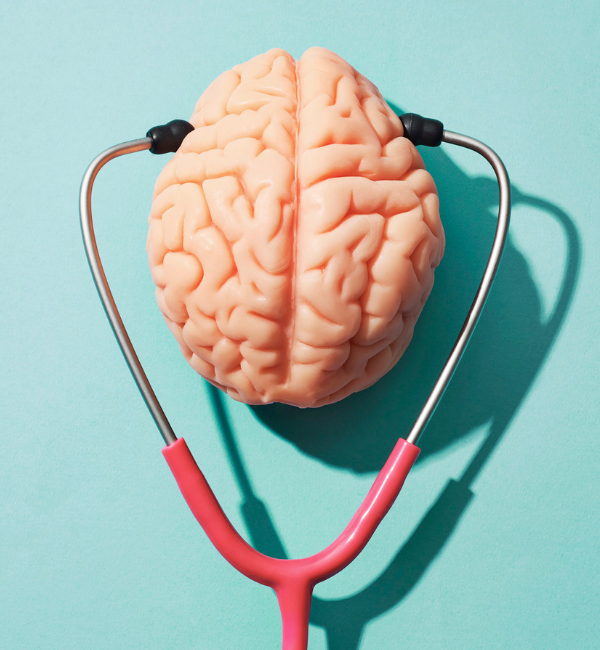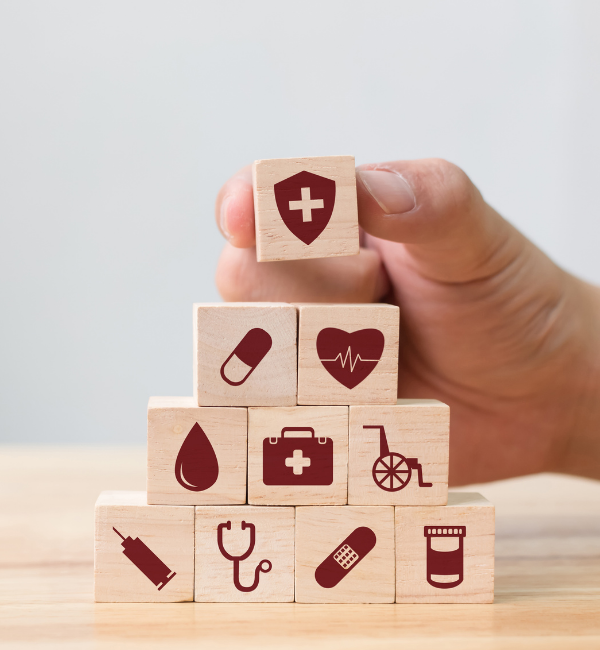Pipe Cleaner Neuron


Learn about the importance of neurons and create a cell body and neuron model out of pipe cleaners.
What You Need
For each child:
- 3 pipe cleaners
- 1 bead
- Tools: scissors
Instructions:
What To Do
- Take one full pipe cleaner and roll it into a ball - this will be your "cell body" of your neuron. The cell body is like the brain of the neuron.
- Take a second pipe cleaner and attach it to the cell body by bending the end of the pipe cleaner around the cell body so it stays in place see photo. This is the "axon" of the brain cell and messages travel along the axon.
- Take the third pipe cleaner and cut it into 3-5 pieces. They don't all have to be the same length. Attach them to the cell body part of your brain cell by bending the ends to attach to parts of the cell body see photo. These are called dendrites and they receive messages from other neurons.
- Take the bead and place it at the end of the axon that is furthest away from the cell body. Bend the pipe cleaner over the bead to hold it on. The bead represents the synapse and this is where the messages go out to another neuron's dendrites.
Discovery
Our bodies are made of trillions of tiny, tiny cells. Our Nervous System is made up of nerve cells called neurons and one type of nerve cell looks like the one you just made. Neurons send messages from parts of our bodies to our brain and back. They also send messages from outside our bodies to our brain and back. When you touch something hot, you move your hand away quickly - that's because the message that you touched something hot moves from your hand to your brain and our brain sends a message back to move our hand away from the hot area. The messages are sent in a similar way to how electricity moves down a wire.
Neurons are the oldest and longest cells in our bodies - you have many of the same neurons for life. When we learn new things and practice them over and over, our neurons form pathways between those neurons so things we do like this become easier like riding a bike for example. We had to think about pedalling, balancing, steering and watching the road when we first learned to bike but after a while, these things become easier and we do them better - that's because we have created pathways and connections between our neurons
Cool fact:
Our brain has about 86 billion neurons!
What's Happening?
Our bodies are made of trillions of tiny, tiny cells. Our Nervous System is made up of nerve cells called neurons and one type of nerve cell looks like the one you just made. Neurons send messages from parts of our bodies to our brain and back. They also send messages from outside our bodies to our brain and back. When you touch something hot, you move your hand away quickly - that's because the message that you touched something hot moves from your hand to your brain and our brain sends a message back to move our hand away from the hot area. The messages are sent in a similar way to how electricity moves down a wire.
Neurons are the oldest and longest cells in our bodies - you have many of the same neurons for life. When we learn new things and practice them over and over, our neurons form pathways between those neurons so things we do like this become easier like riding a bike for example. We had to think about pedalling, balancing, steering and watching the road when we first learned to bike but after a while, these things become easier and we do them better - that's because we have created pathways and connections between our neurons
Cool fact:
Our brain has about 86 billion neurons!
